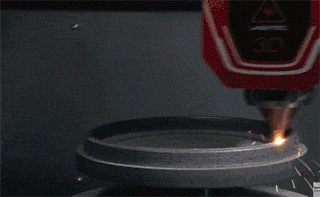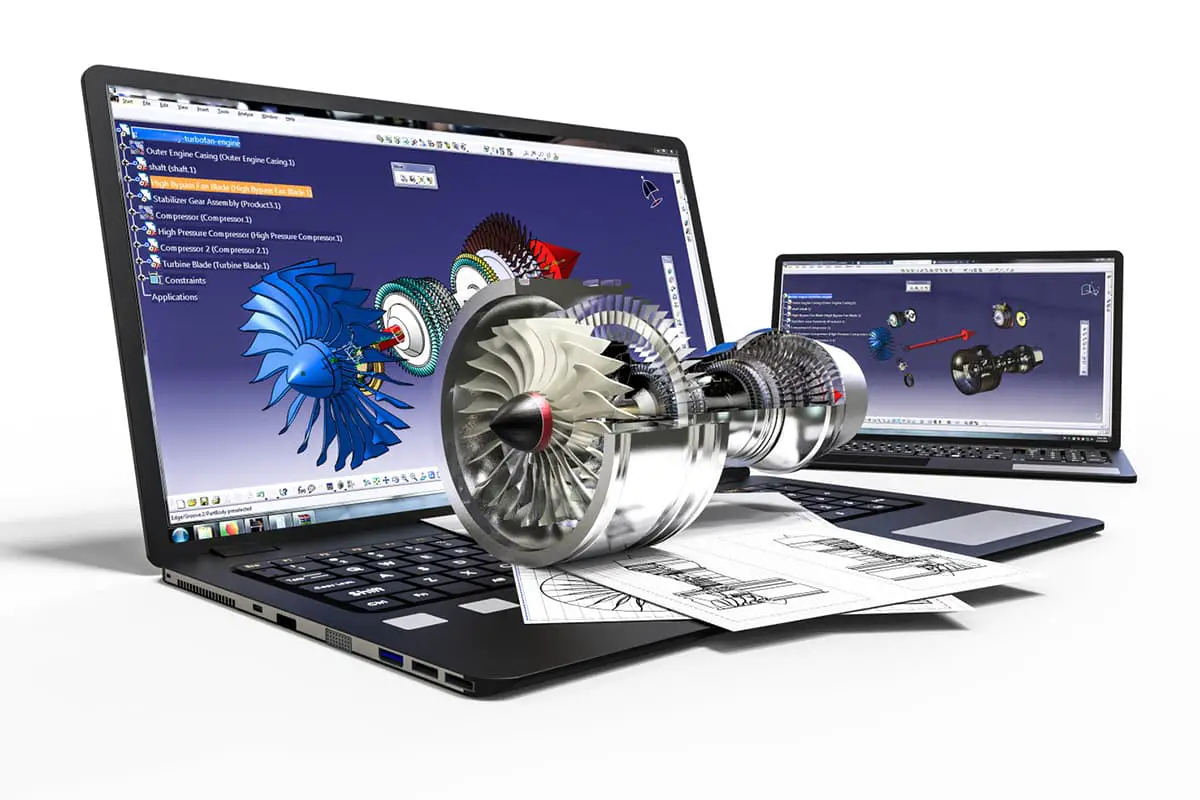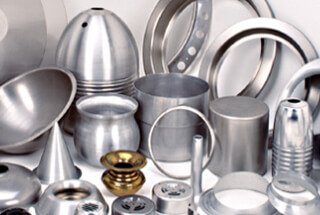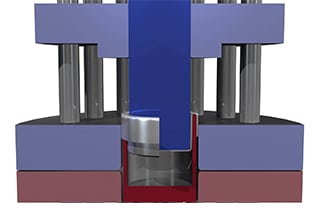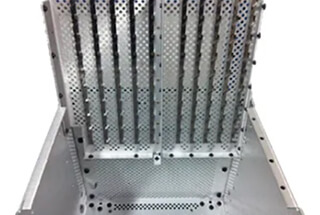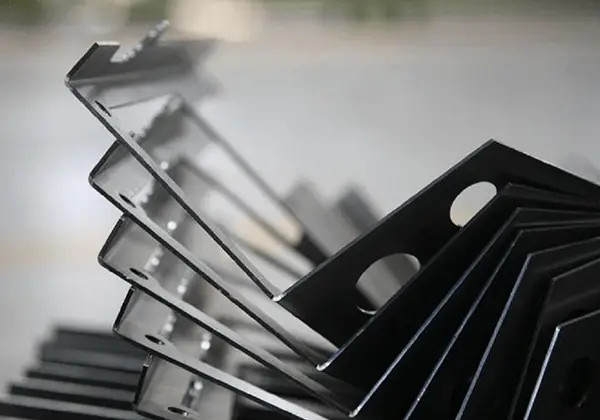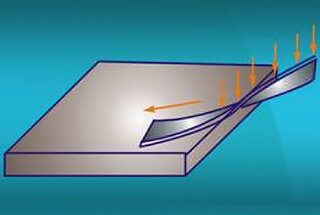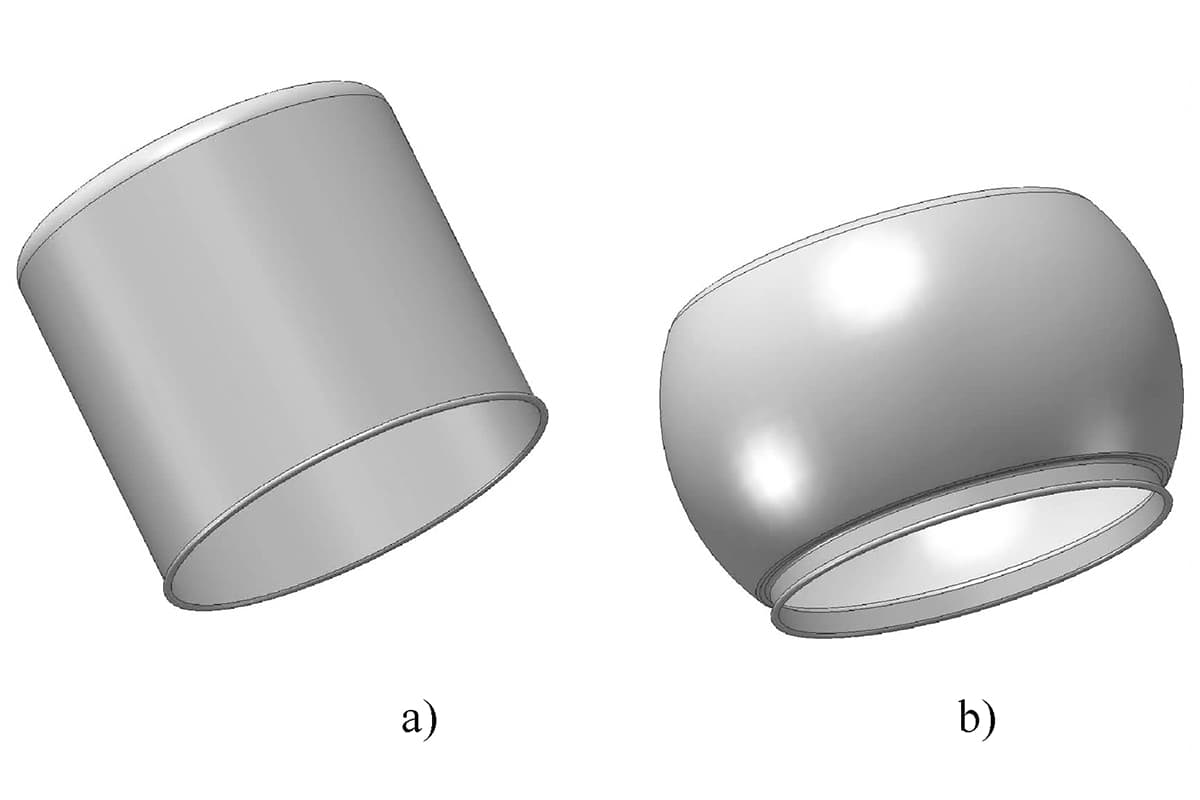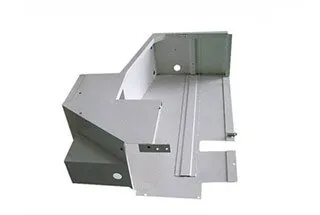
Have you ever wondered how plastic transforms from raw material to everyday products? This article explores five essential plastic forming processes— forging, rolling, extrusion, drawing, and stamping. Each method uniquely shapes plastic into various products, from car parts to household items. You’ll discover the specific techniques and applications of these processes, and gain insights into their advantages and limitations. Whether you’re curious about manufacturing or looking to deepen your engineering knowledge, this overview provides a concise yet comprehensive guide to plastic forming methods.
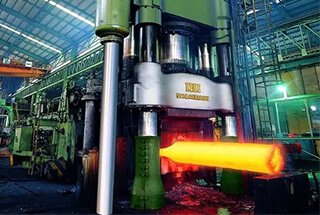
Plastic forming, also known as metal forming or plastic deformation, is a manufacturing process that leverages the plasticity of materials, primarily metals, to reshape workpieces without significant material removal. This process utilizes external forces applied through specialized tools and dies to permanently deform the material into desired shapes and geometries.
The fundamental principle of plastic forming relies on the material’s ability to undergo plastic deformation—a permanent change in shape that occurs when the applied stress exceeds the material’s yield strength. This process allows for efficient material utilization and often results in improved mechanical properties due to work hardening.
Plastic forming encompasses a wide range of techniques, each suited for specific applications and material characteristics:
These processes offer advantages such as high production rates, excellent material utilization, and the ability to create complex shapes with enhanced mechanical properties. The selection of a specific plastic forming technique depends on factors including material properties, desired final geometry, production volume, and cost considerations.
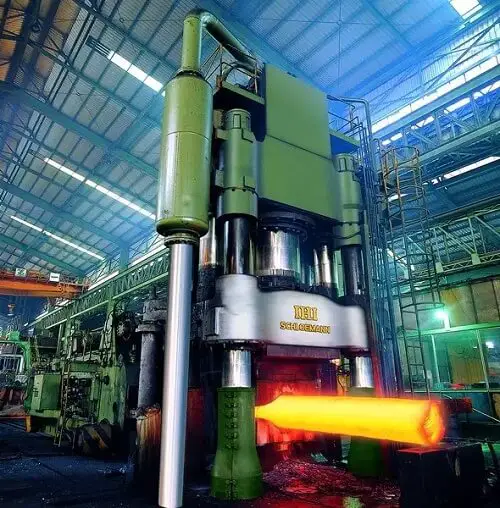
It is a processing method that uses forging machinery to apply pressure to metal blanks to plastically deform them to obtain forgings with certain mechanical properties, certain shapes and sizes.
According to the forming mechanism, forging can be divided into free forging, die forging, ring forging, and special forging.
Free forging:
A kind of processing method that generally used in hammer forging or hydraulic press, using simple tools to hammer metal ingots or blocks into the required shape and size.
Die forging:
It is formed by using a die on a die forging hammer or a hot die forging press.
Ring grinding:
Refers to the production of ring parts of different diameters by special equipment ring grinding machines, also used to produce wheel parts such as automobile wheels, train wheels.
Special forging:
Including forging methods such as roll forging, cross wedge rolling, radial forging, liquid die forging, etc. These methods are more suitable for producing some special shaped parts.
Forging billet heating → roll forging stock preparation → die forging → trimming → punching → correction → intermediate inspection → heat treatment of forgings → cleaning → correction → inspection
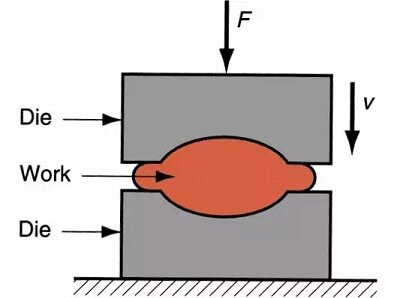
Rolls of large rolling mills, herringbone gears, rotors of steam turbine generator set, impellers, retaining rings, huge hydraulic press cylinders and columns, locomotive shafts, crankshafts and connecting rods for automobiles and tractors, etc.
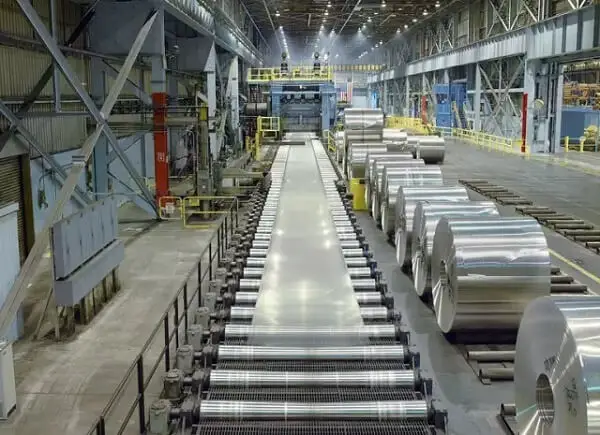
What is rolling
A pressure processing method in which a metal billet is passed through a gap (various shapes) of a pair of rotating rolls, and the cross-section of the material is reduced due to the compression molding of the rolls, and the length is increased.
3 Types of Rolling
According to the movement of rolling stock: longitudinal rolling, cross-rolling, skew rolling.
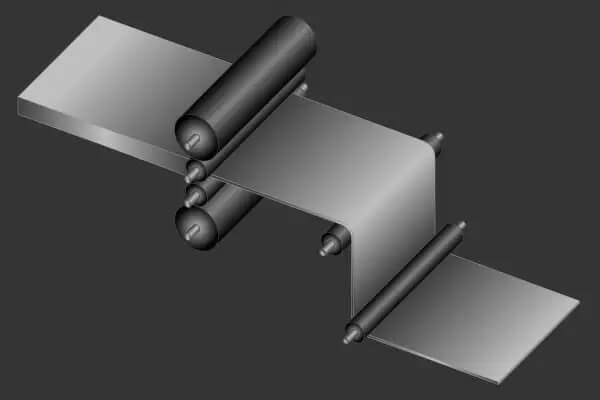
Longitudinal rolling: The process in which metal passes between two rolls that rotate in opposite directions, and plastic deformation occurs between them.
Cross–rolling: The movement direction of the rolled product is consistent with the roll axis direction after deformation.
Skew rolling: The rolled product makes spiral movement, and the rolled product and the roll axis are not special angles.
Technological process:
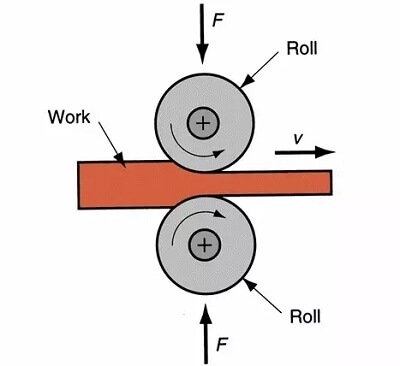
Applications:
It is mainly used in metal material profiles, plates, pipes, etc. There are also some non-metal materials such as plastic products and glass products.
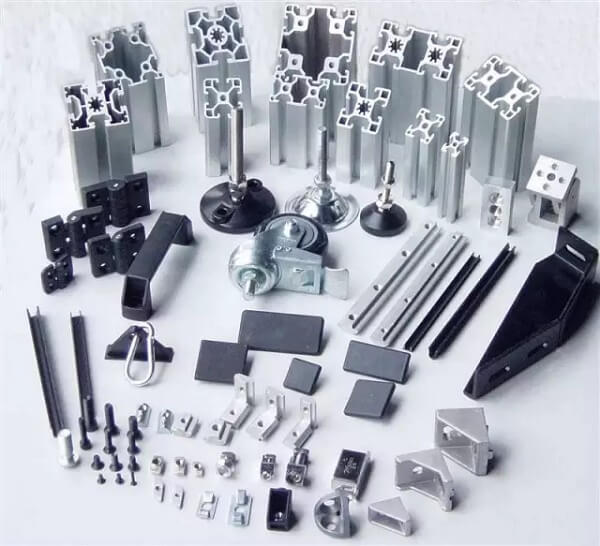
What is extrusion
Under the action of three-dimensional uneven pressure, the blank is extruded from the die orifice or gap to reduce the cross-sectional area and increase the length. The processing method to become the desired product is called extrusion. This processing of the blank is called extrusion molding.
Technological process:
Preparation before extrusion → heating of the casting rod → extrusion → straightening of stretching and twisting → sawing (fixed length) → sampling inspection → manual aging → packaging
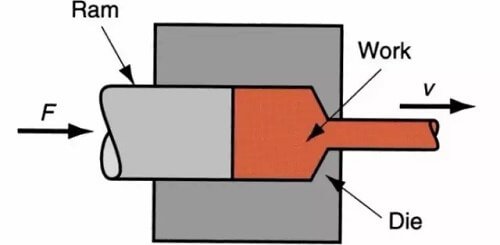
Advantages:
Disadvantages:
Scope of production: It is mainly used for manufacturing long rods, deep holes, thin walls, and special-shaped cross-section parts.

What is drawing
A plastic processing method that uses an external force to act on the front end of the pulled metal and pulls the metal blank from a die hole smaller than the cross-section of the blank to obtain a product of a corresponding shape and size.

Advantages:
Disadvantages:
Scope of production: Drawing is the main processing method for metal pipes, bars, profiles and wires.
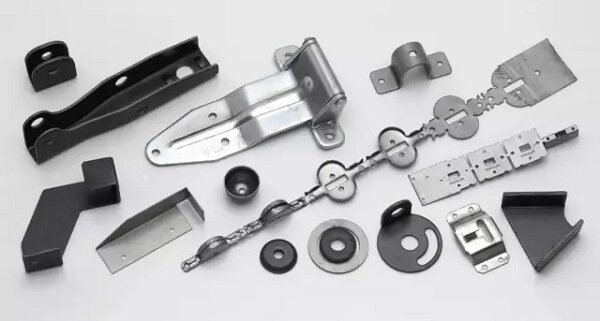
What is stamping
It is a forming and processing method that uses presses and dies to apply external force to plates, strips, pipes, and profiles to plastically deform or separate them to obtain work pieces (stamping) of the desired shape and size.
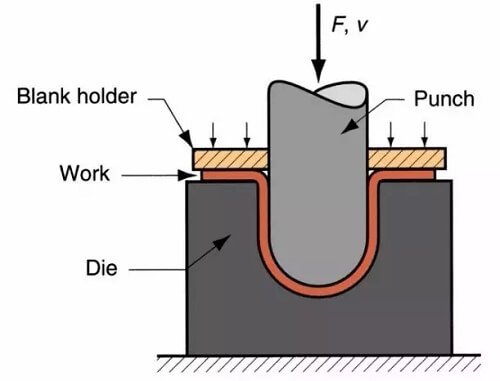
Technical characteristics:
Scope of application:
60 – 70% of the steel in the world is plate, and most of them are finished by stamping.
The car body, chassis, fuel tank, radiator fins, steam drums of boilers, shells of containers, iron core silicon steel sheets of motors and electrical appliances are all stamped.
There are also many stamped parts in products such as instruments, household appliances, bicycles, office machinery, and household utensils.
As an individual in the industry, I believe it is essential to consider the environmental impact and sustainability of the plastics we produce. When creating new products, I always consider using materials that are eco-friendlier and bio-based.
That way, it will help reduce dependency on fossil fuels and limit greenhouse gas emissions during the production process. Incorporating these sustainable materials also ensures that our products have a lower carbon footprint throughout their life cycle.
Moreover, I also find it crucial to optimize the manufacturing processes and prioritize energy efficiency. By doing so, I contribute to minimizing waste and reducing energy consumption during the production of plastics.
Recycling has a significant impact on the environment; that’s why I always strive to create products that can be easily recycled. By considering the recycling process during the design and development stages, I can enhance the recyclability of my products and reduce the waste they generate.
Here are some recycling principles I follow:
Recycling plays a crucial role in managing the environmental impact of plastics. By keeping sustainability and recycling at the forefront of my work, I am contributing to a more environmentally conscious and responsible plastic industry.

